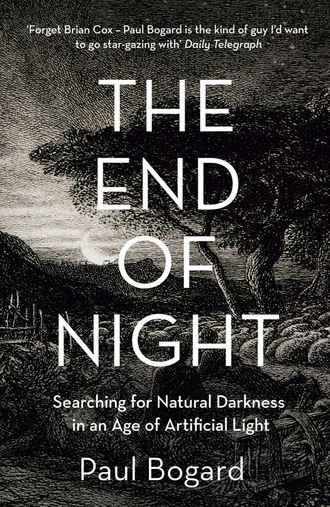The End of Night: Searching for Natural Darkness in an Age of Artificial Light
3.3 из 5, отдано 19 голосов

Paul Bogard
Our use of light at night is negatively affecting the natural world in ways we’re barely beginning to study. Meanwhile, our physical, psychological, and spiritual health are significantly influenced by darkness or a lack thereof; it’s not a matter of using light at night or not, but rather when and where, how and how much.We live awash in artificial light. Since the 1930s its increase has been gradual enough that it would be easy to imagine our nights are as dark, or nearly so, as they ever were. But today some three-quarters of Europeans and Americans no longer experience real night and can’t imagine real darkness—and nearly all of us live in areas considered polluted by light.In ways we’ve long understood, in others we’re just beginning understand, night’s natural darkness has always been invaluable for our spiritual health and the health of the natural world, and every living creature suffers from its loss.In Geography of Night, Paul Bogart investigates what we mean when we talk about the different shades of darkness, about what we’ve lost, what we still have, what we might regain. He travels from our brightest nights to our darkest, from the intensely-lit cities where public lighting as we know it began, to the sites where real darkness might still remain. Encountering scientists, physicians, activists and writers, Bogart discusses how our use of light at night is negatively affecting the natural world in ways we’re barely beginning to study; how human physical, psychological, and spiritual health are significantly influenced by darkness or a lack thereof; and how it’s not a matter of using light at night or not, but rather when and where, how and how much.A beautiful invocation of our constant companion, the night, which returns every day of our lives, this book reminds us of the power and mystery of the dark.Категория: зарубежная образовательная литература
ISBN: 9780007428229
Правообладатель: HarperCollins
Легальная стоимость: 1172.34 руб.
Ограничение по возрасту: 0+




Комментарии ():